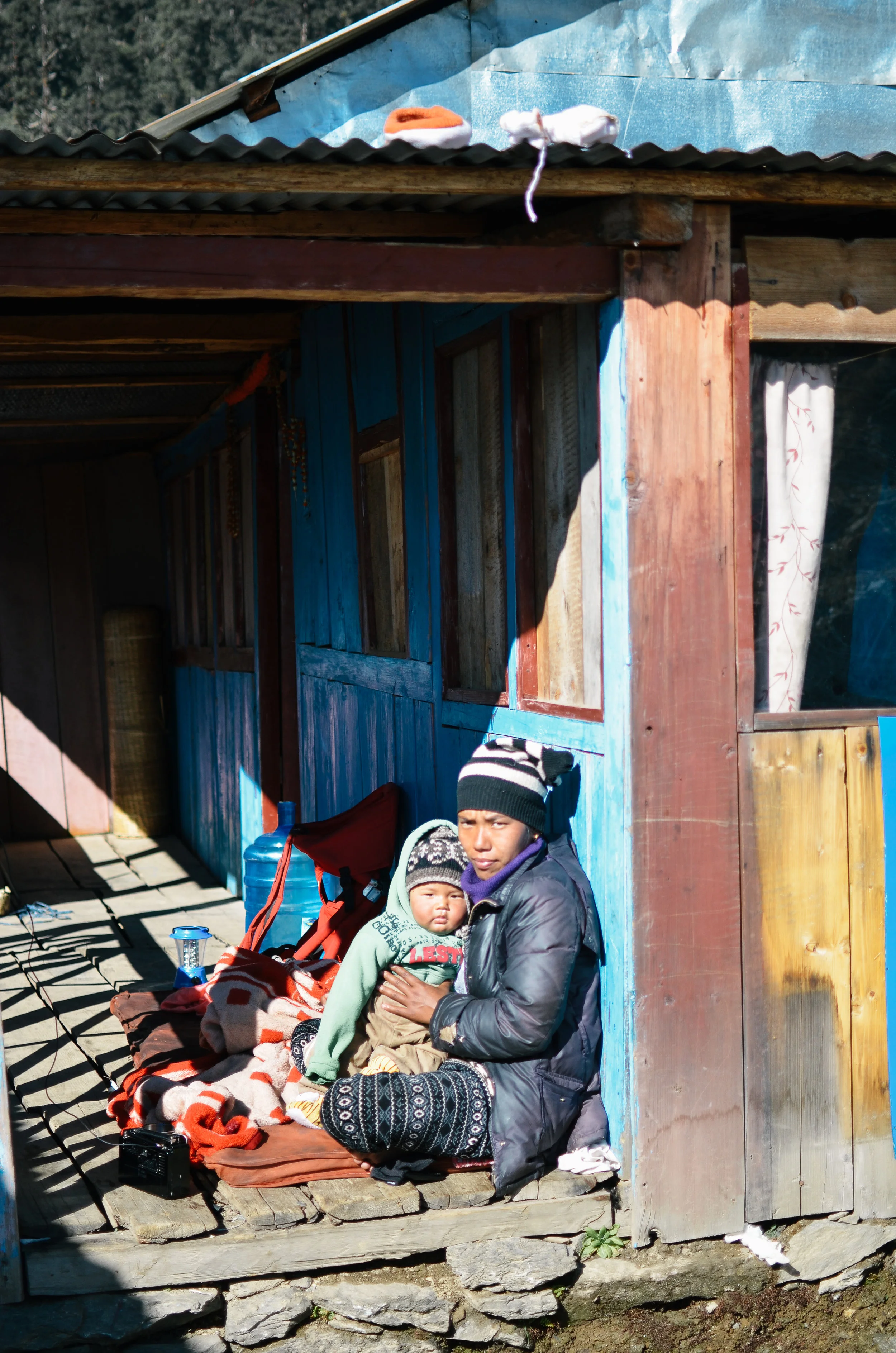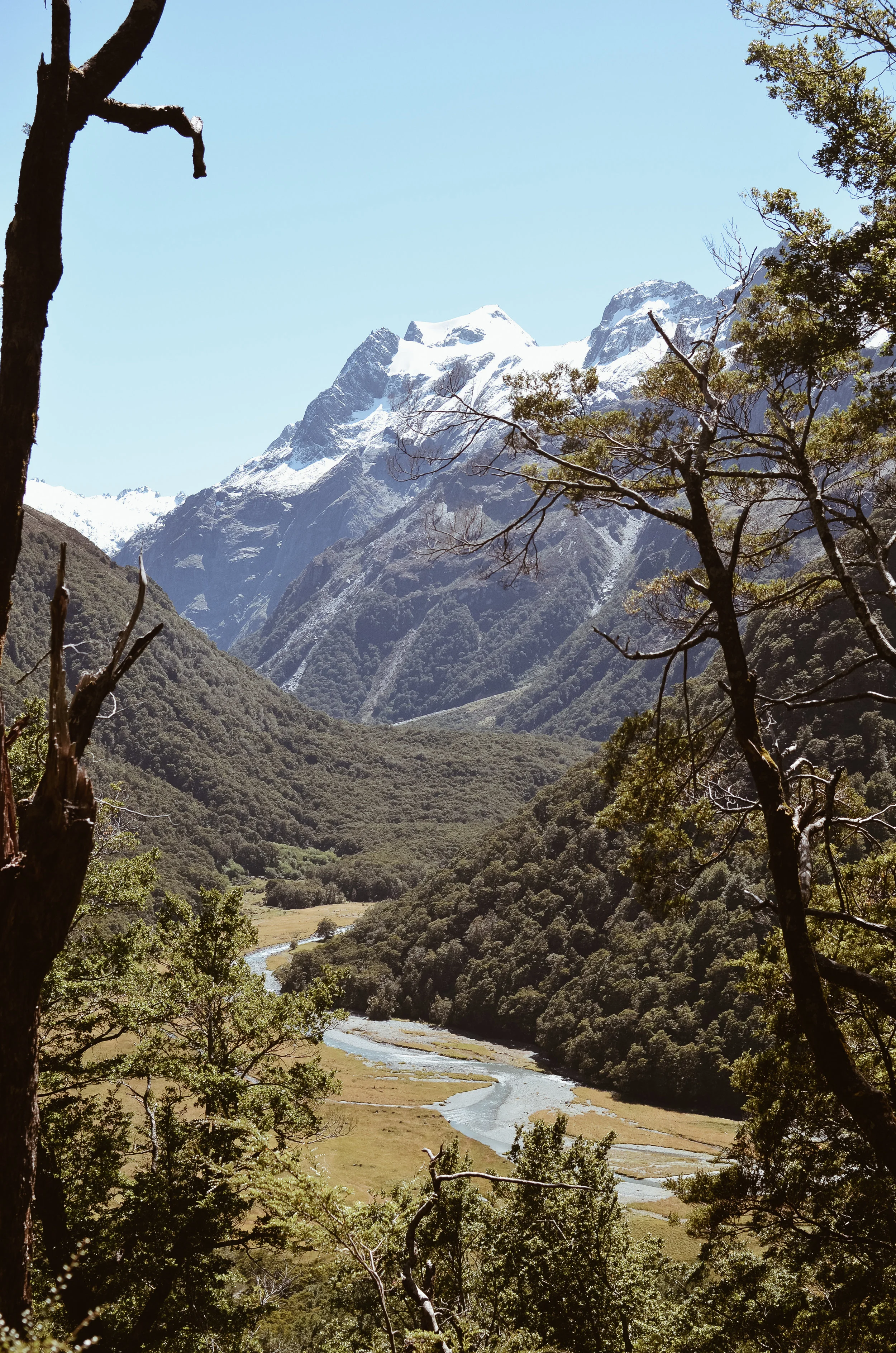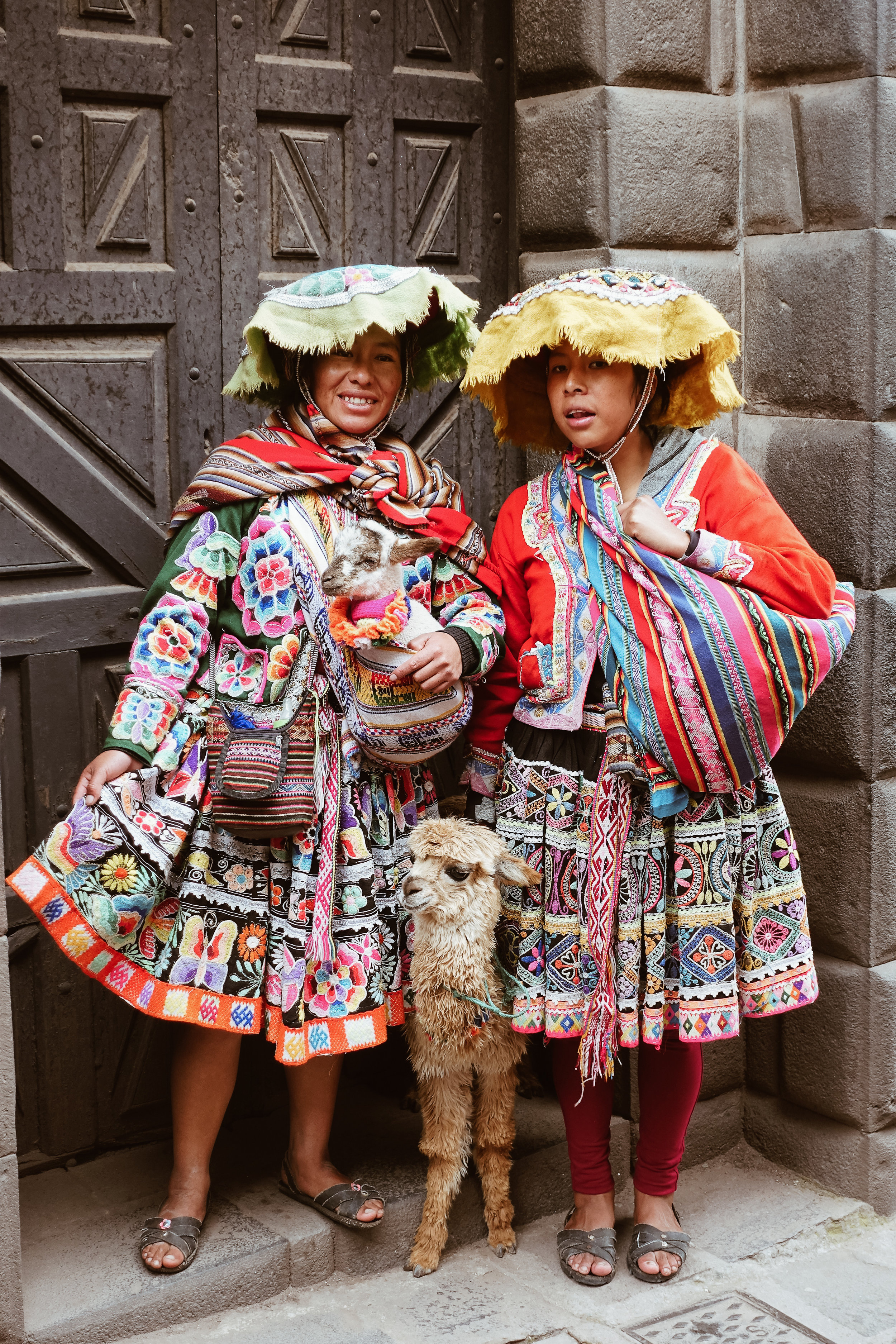ANNAPURNA BASECAMP VS. OTHER TRAILS IN THE REGION
if we'd had enough time, we probably would have ended up on the ABC trek during our time in annapurna – i have no doubt in my mind that this trail is stunning and an ample challenge. after spending time in the region, i know that 20 years ago this path or the even longer annapurna circuit would have been my dream. what we learned though is that today, like anything that is very popular, this trail has gotten very touristy and crowded [we were mind blown by the amount of people heading to base camp in what is technically the "off" season]. this is definitely not a bad thing and it is really great for nepal's economy which is largely driven by tourism. it's just not how we prefer to experience the great outdoors, but it is always great to see more respectful people enjoying the obscure beauty our planet has to offer.
we worked with our sherpa kamala to map out alternative trail options that are less known about and less trampled. there are HUNDREDS of trails and small villages within the annapurna region, making it easy to dart off the ABC path and onto more quiet and peaceful routes that are less developed. we started on the same route that all ABC trekkers take, which leads to the town of ghorephani and poonhill [the famous sunrise viewing point]. from there, we took a turn onto a fairly new trail that opened a little less than a year ago. there isn't much info on some of these trails/villages online and it again validates the value of having a sherpa. it was slightly more rugged and strenuous at times, but the beauty along the way and isolated teahouse experiences you have at night were magical. we only wish we had more time to get even deeper into the annapurna region.
O U R T R E K B R O K E N D O W N B Y D A Y:
DAY 1: KATHMANDU >> POKHARA
we arranged a 7 hour bus ride in town, this can be done pretty much anywhere – just make sure to book with a "tourist" bus – it shouldn't cost you more than $7 - $10 pp. we slept 2 nights in pokhara to get situated.
DAY 2: POKHARA >> ANAYAPUL [by taxi], ANAYAPUL >> HILLE
5 miles of hiking, 400M of climbing, sleeping at 1,460 M
after meeting up with our guide, kamala, she helped me rent a warmer jacket in town [you can also rent sleeping bags & pretty much any gear you can think of for cheap]. having kamala with us helped us get a good price [$1/day]. we grabbed a taxi [$10] that took us up to anayapul, which is where most of the trails in annapurna start from. to be honest, this day of hiking was the least exciting. it was just walking straight uphill on a road, but it slowly acclimates you to the altitude which is great. if you prefer, you can pay for a car almost all the way to hille.
DAY 3: HILLE >> GHOREPHANI
8 miles of hiking, 1,400 meters of climbing, sleeping at 2,860M
this day requires a LOT of uphill climbing. as we gained elevation, the temperature dropped and we even had some snow! be sure to have a big breakfast and stop for a good break at lunch – your legs will need it.
DAY 4: GHOREPHANI >> KHOBRA RIDGE
this stop was actually not a part of our trek so we do not have photos, but if we did it over again this stop would absolutely be a part of it. being a fairly new trail, you can get stunning views of annapurna while being away from the crowds. ask your sherpa about adding this stop onto your trek, as there is not much info about it online.
DAY 5: KHOPRA >> DOBATO
8.3 miles of hiking, 1,128M of climbing
we hiked from ghorephani to dobato, another option if you want a shorter trek. we woke up for the sunrise hike to poon hill [3,210M] which requires 45 minutes of uphill climbing in the snow. if we could do it over – we would skip sunrise and go up 20 minutes later to avoid the crowd. the view is equally as beautiful [and warmer!], plus the lighting is actually better a few minutes after sunrise. the rest of the day was spent climbing even higher through the snow to the very remote guesthouse in dobato – this place is run by just two young men, and everything was completely frozen over.
DAY 6: DOBATO >> CHUILE
7 miles of hiking, downhill [tough on the knees!]
another early morning for a sunrise summit at muldhai point [which was far more intimate than poonhill]. we woke up with icicles growing on our sleeping bags. at over 12,500ft – this was our coldest night by far! later we stopped in tadapani for lunch, and had mostly down hill the rest of the day – which can be almost harder than uphill at times. we made our way to warmer temps staying at a very cozy guesthouse making new friends and huddling around the fire.
DAY 7: CHUILE >> JHINU HOTSPRINGS
5.4 miles of hiking, mostly through rice fields and local villages
hiking through a mixture of rice fields and local villages, i loved getting to see a brief snapshot into local life. after arriving for a late lunch at the guest house, we dropped our packs and put on bathing suits to check out the jhinu hotsprings – it was crowded because we went on a local holiday [kids were out of school], but still very relaxing and cool to see.
DAY 8: JHINU >> POTHANA
11.8 miles of hiking
our last full day became more of a march to the finish, as the views were less spectacular and we were focused on finishing strong - looking forward to a big lunch in town!
WANT MORE? SEE OUR PHOTO JOURNAL HERE
ALL OF OUR TREKKING GEAR CAN BE FOUND HERE
L I K E T H I S P O S T?
come follow us on I N S T A G R A M or F A C E B O O K if you aren't already!
Y O U M I G H T A L S O L I K E:




























































































































































































